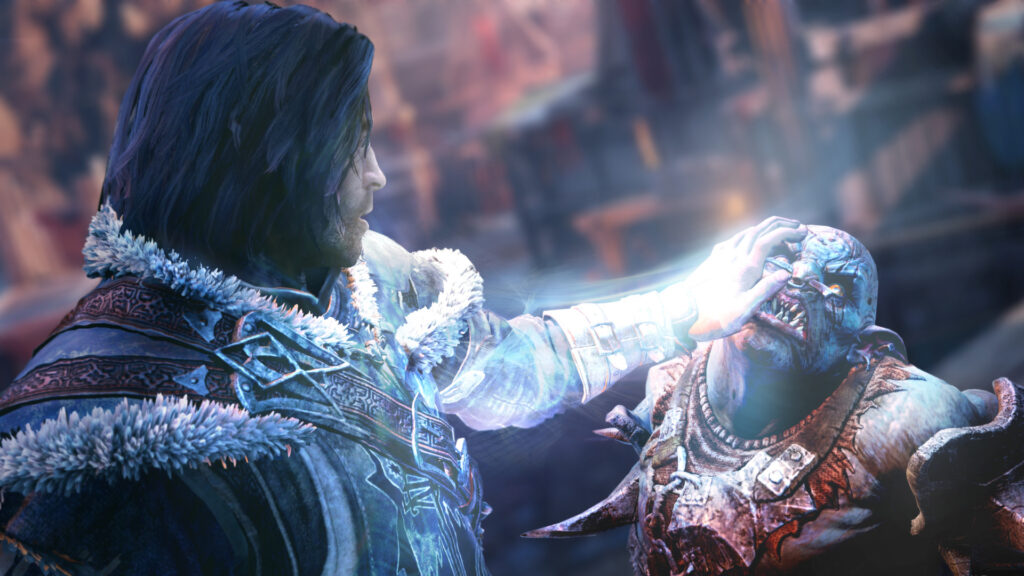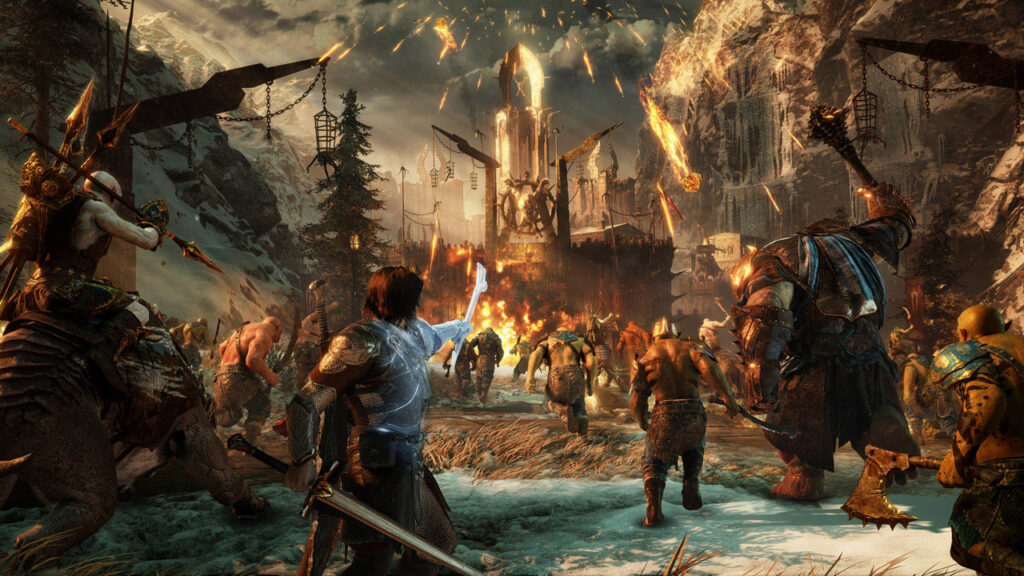
Nvidia has been on a roll lately, introducing new tech which, coupled with certain software allows for some truly exceptional results. One such software would be Dynamo, an AI-powered operating interface that could very well transform how games interact with players in general.
While multi-faceted, Dynamo could very well evolve to be an AI swiss army knife of sorts, used to make interactions among NPCs (as well as player-NPC interactions) all the more lifelike and randomized – something WB Games’ Nemesis system had much success in doing before ultimately being put on hibernation thanks to a patent.
Nvidia’s Dynamo Tech Could One-Up WB Games’ Nemesis System

Detailed within an article by The Register, Nvidia is seemingly developing a software-based solution known as Dynamo, which could very well revolutionize how AI-controlled aspects of software kits work out.
The software was described by Jensen Huang as the ‘operating system of an AI factory’, and much like its namesake, aims to revolutionize AI assisted interactions. Interestingly, Dynamo is entirely open source in its nature, which is quite contrary to Nvidia’s usual closed-source designs.
In short, Dynamo can greatly assist AI-powered interfaces in media and software, such as LLMs and the like. This could, interestingly enough, make it a perfect addition for video games – especially in certain unscripted NPC interactions, which could in turn help make the game world feel more alive and randomized.
A great practical use of this would be in having AI-controlled NPCs engage in more context-appropriate dialogue. For example, having an NPC engage in an endless amount of conversation with the player (with regards to a specific topic), without being limited to two or three dialogue options.
This has been attempted in the past, but with many restrictions and drawbacks.
Nvidia’s Dynamo model could change things though, especially with regard to AI-based interactions with both the player and AI companions themselves. Perhaps the most recent, non-AI driven example of this could be in WB Games’ Shadow of Mordor/Shadow of War games.
These games featured the Nemesis system, a clever context-specific system that made battles and encounters feel all the more personal. Nvidia’s take on the same could very well inspire a new successor that could also overshadow the Nemesis system, which remains locked until 2036 thanks to a patent.
Despite Its Limited Scope, The Nemesis System Was Quite Impressive, And Still Holds Up

There is no doubt that the Nemesis system is impressive. Even more so when we take into consideration that this system was developed at a time when generative AI wasn’t really a mainstream thing.
Despite these technical limitations, the Nemesis system still holds up even to this day, crafting newer experiences tailor made for each player.
One never forgets their very first nemesis in the Middle Earth video game franchise, and of the developments that take place beyond. Enemies fight against each other, and sometimes work together in unexpected ways to create a living, breathing world – and that is barely scratching the surface of the interactions the system was capable of.
Unfortunately, WB Games opted to patent the tech used for the same until 2036, and with the cancellation of multiple projects (including a Shadow of War sequel), the tech remains unused and gathers dust.
This post belongs to FandomWire and first appeared on FandomWire


